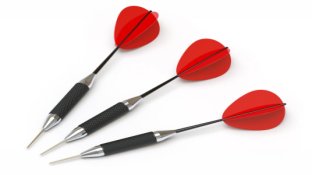BrianShaw
Member
The questions for me (and I think know the answers already) ar:
If I point my reflected meter at a scene will it give me a good enough exposure recommendation or do I need to alter what the meter suggests?
If I take an incident meter reading...
If I take a reflected meter reading of a gray card...
What's the difference between a gray card and a grey card?
If I point my reflected meter at a scene will it give me a good enough exposure recommendation or do I need to alter what the meter suggests?
If I take an incident meter reading...
If I take a reflected meter reading of a gray card...
What's the difference between a gray card and a grey card?




